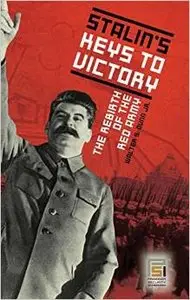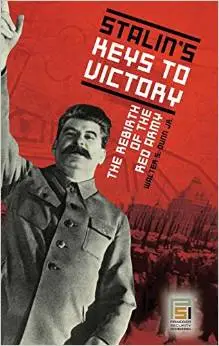Stalin's Keys to Victory: The Rebirth of the Red Army by Walter S. Dunn Jr.
English | May 30, 2006 | ISBN: 0275990672 | 192 Pages | PDF | 572 KB
English | May 30, 2006 | ISBN: 0275990672 | 192 Pages | PDF | 572 KB
Most military historians have difficulty comprehending the miracle that took place in late 1941 and early 1942 in the Soviet Union. In the summer of 1941, the German Army routed the Red Army as it had routed the Polish, British, French and other armies in 1939, 1940, and early 1941. None had been able to withstand German might more than a few weeks. When Hitler invaded the Soviet Union in June 1941, his legions quickly overcame the Soviet divisions they met, and it appeared to most that Hitler would succeed as he had before. A major portion of the prewar Red Army had been completely annihilated, millions of prisoners taken, and the most populous and developed provinces of the Soviet Union occupied by the Germans and their allies.
In September, the Germans surrounded and captured a huge bag of divisions east of Kiev, only to encounter a flood of new Red Army divisions when they redirected their intentions on Moscow. In short order the Wehrmacht broke through this line, and approached within sight of the outskirts of the capital. There, they were surprised by a massive offensive mounted by even more new divisions. Other countries had surrendered after losing one army, let alone two. The Soviets came back with a third—which sent the Germans reeling to the rear. How was this possible?
Dunn's detailed examination shows that, far from carelessly throwing thousands of disorganized, untrained men into battle, the Soviets wisely used the resources at hand to resist and drive back the invaders once the initial shock had been absorbed. He reveals how the Soviets systematically trained men as replacements for casualties in existing units, often renaming the unit (a move that confused German intelligence then and continues to confound historians today). Unit integrity was as significant in the Red Army as in other armies. Men were not robotic clones, and each had strengths and weaknesses. Knowing this led to unit integrity and success on the battlefield. Tracing the formation and commitment to battle of Soviet units, regardless of the changes of designation, is crucial to understanding the success and failure of Soviet operations—and Stalin's keys to victory.



